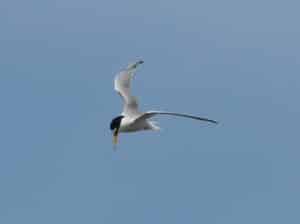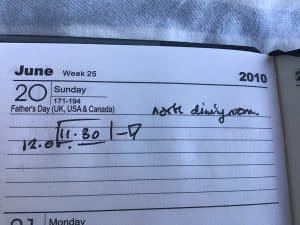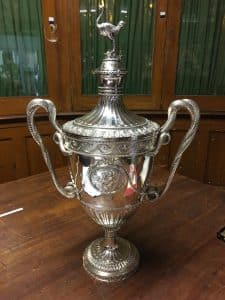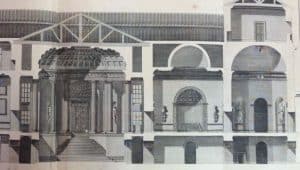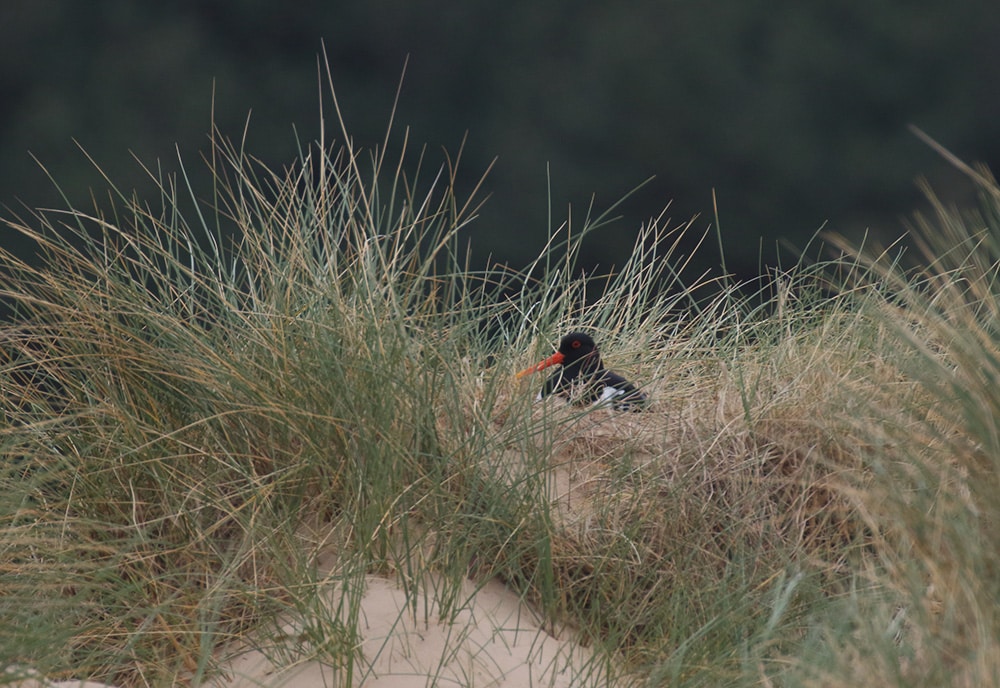
A Vulnerable Time for Wildlife
May 16, 2020 | Holkhome | 4 minute read
Living and working in rural Norfolk is an absolute privilege and I have never been more grateful to live here than during the last 8 weeks. I’m lucky enough to have been able to walk along traffic free lanes around my village, amble along footpaths running parallel with fields, explore a local woodland and even see a glimpse of the sea. I’ve looked closer at roadside verges than ever before, noticing first primroses then cowslips, the beauty of the blue flowers on green alkanet, delicate purple ground ivy and more recently small white flowers of garlic mustard the foodplant of the wonderful aptly named Orange tip butterfly.
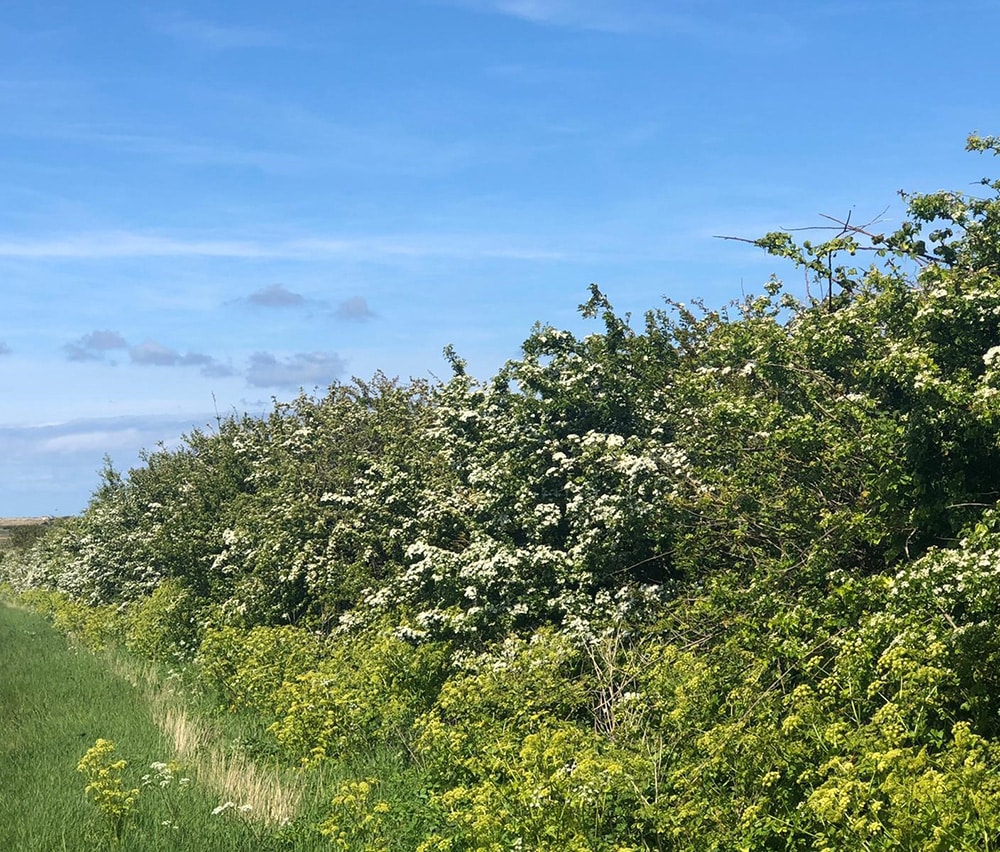
Hawthorn has burst into life
Hawthorn hedges have burst into life along with trees taking leaf and the purple woodland carpet of bluebells (or purple bells as my 3 year old son tells me every time we see them). A personal favourite for me is the bright yellow oil seed rape against the bright blue wide-open skies.
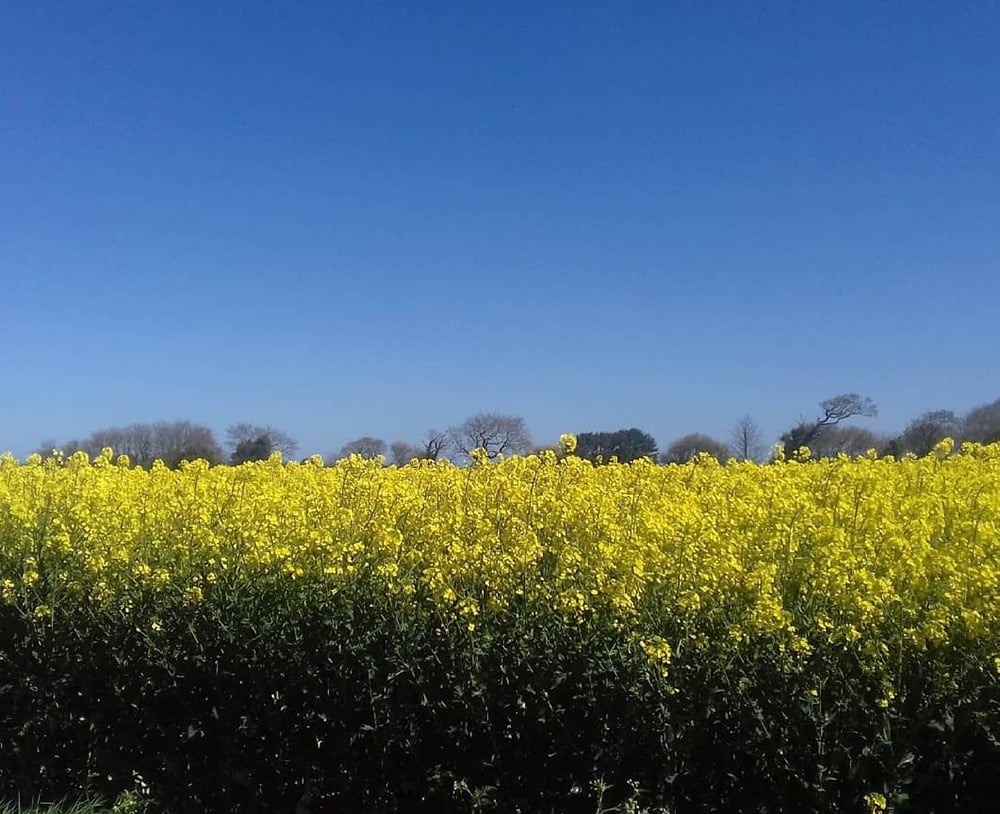
Oil seed rape
As our restrictions around daily exercise have been relaxed, some of you may want to explore further afield from your local patch. A good news story from this enforced ‘lockdown’ of the countryside is that nature has embraced its solitude and we’ve got wildlife nesting in areas previously inhabited by humans and wildflowers growing on footpaths which are usually trampled by our feet.
Here are a few pointers to think about before you take the opportunity to stretch your legs in your local area.
Watch out
We’ve got nesting Oystercatchers and Ringed Plovers in our sand dunes and on the beach, they are really vulnerable to disturbance by dogs in particular. Please keep your dogs on a lead or under close control at all times.
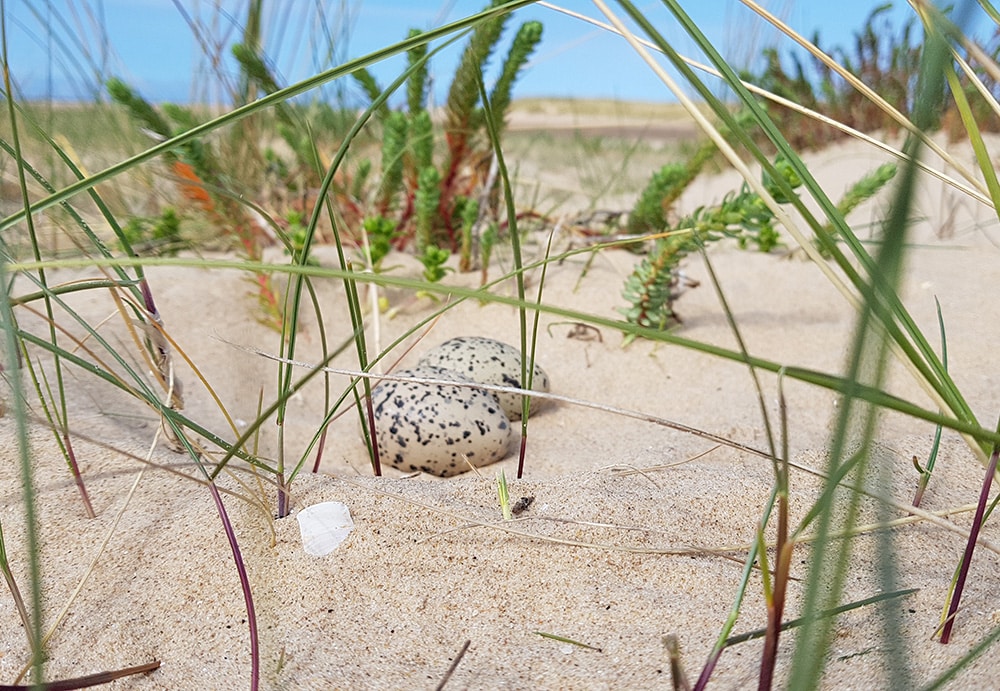
Oystercatcher nest on the beach
Listen
If you hear short, sharp alarm calls – parents are desperately defending their nests and chicks – please give them space to thrive. If you see a bird with food in its beak it’s got young to feed.
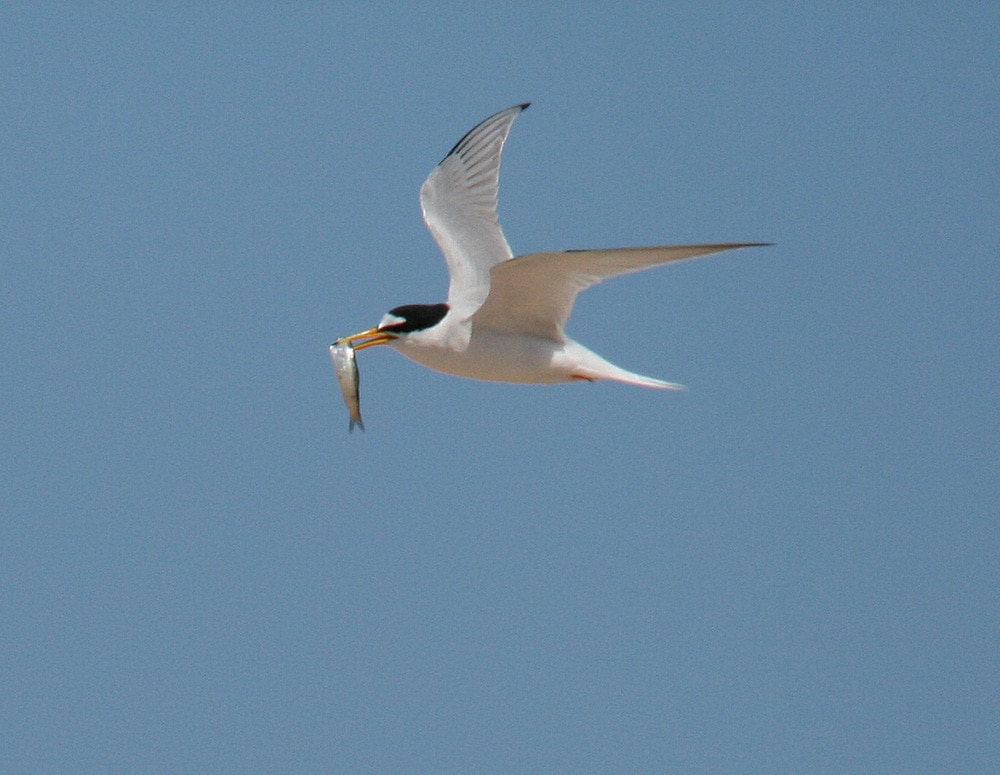
Little Tern with young to feed
Look
Where you’re walking. Nature has enjoyed lockdown and birds have started nesting in areas which they haven’t done so before because of lack of human presence. Even grass verges and arable fields can be home to nesting birds. Please stick to footpaths at all times.
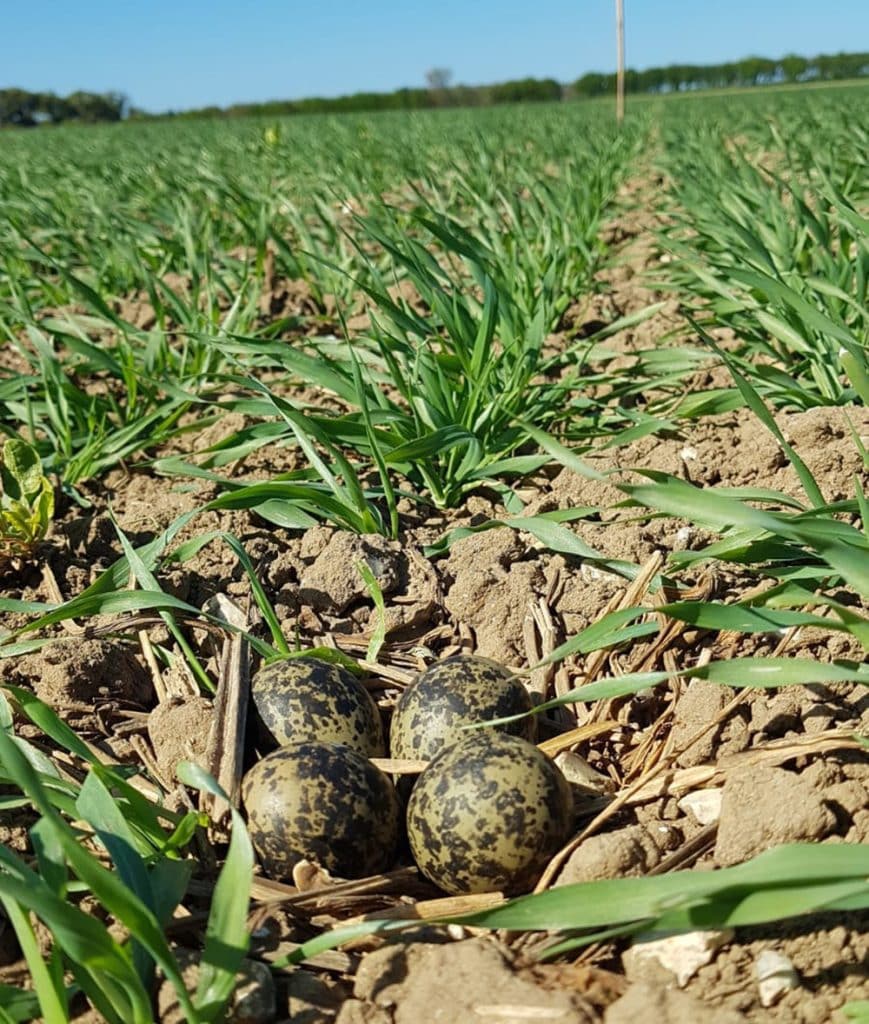
Nest on open farmland
Think
Cattle with calves and Sheep with lambs are now out in our fields – although they’re super cute to look at please don’t get too close as they are wild animals and remember mums can be particularly over protective!
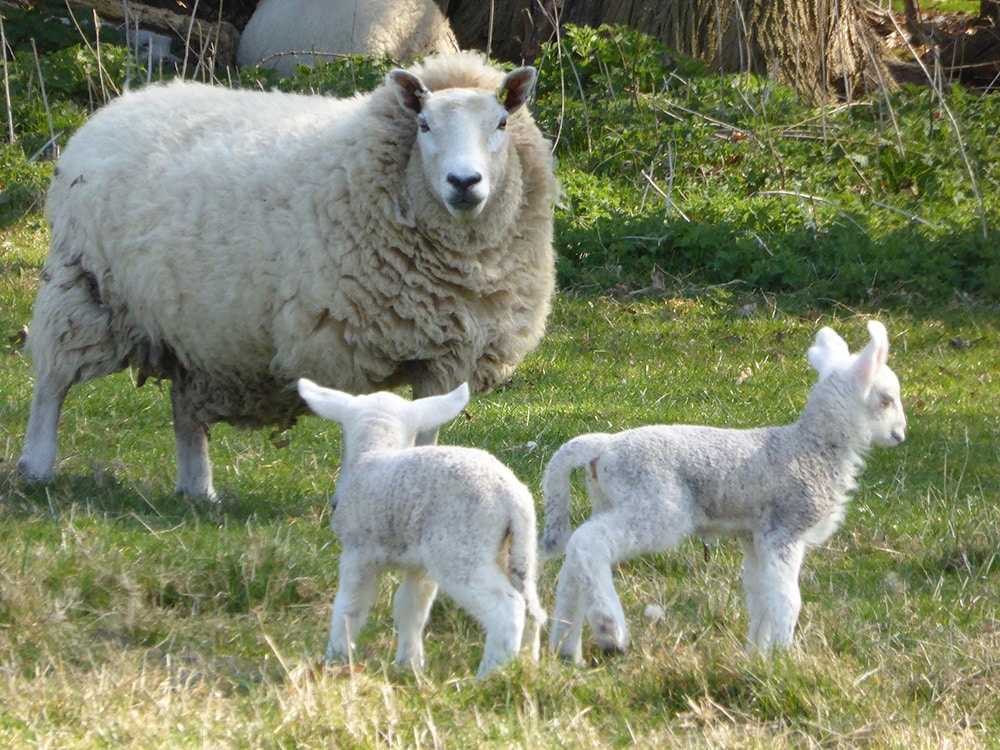
Sheep are protective of their lambs
As a society, I am hopeful that we all appreciate the wonder of nature and our freedom slightly more this year. The countryside is literally buzzing with life right now and I hope you enjoy visiting it responsibly and safely when the time is right.
View all latest blog posts here.
Back to Journal Back to Journal
